Home>Dining>Tableware>How To Create Cushions For Dining Room Chairs
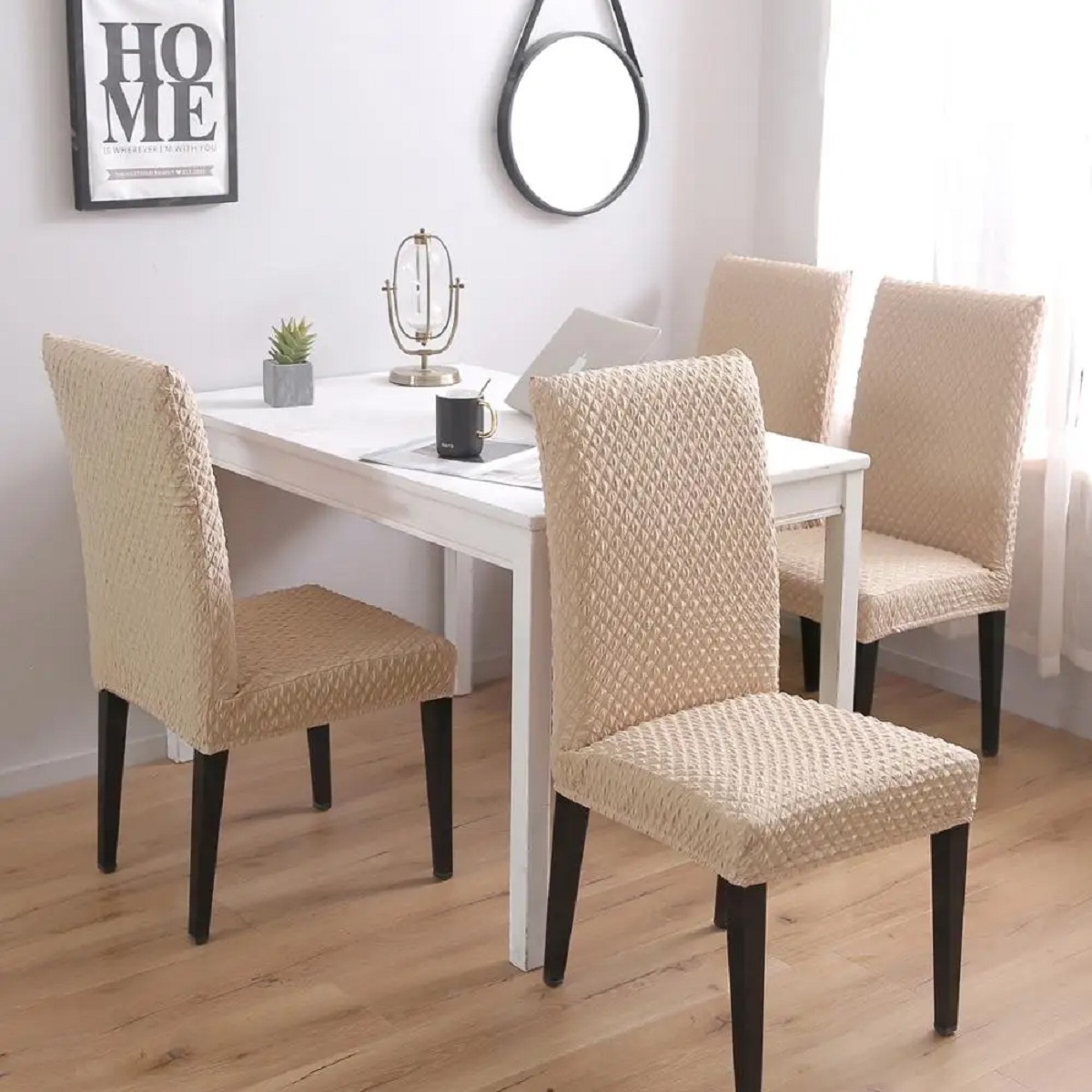

Tableware
How To Create Cushions For Dining Room Chairs
Modified: December 7, 2023
Learn how to create comfortable and stylish cushions for your dining room chairs with our step-by-step guide. Enhance your tableware experience with these DIY chair cushions.
(Many of the links in this article redirect to a specific reviewed product. Your purchase of these products through affiliate links helps to generate commission for Storables.com, at no extra cost. Learn more)
Introduction
Welcome to our comprehensive guide on how to create cushions for dining room chairs. Adding cushions to your dining room chairs not only enhances their comfort but also adds a touch of elegance to your dining space. Whether you’re looking to revamp your dining room decor or simply want to make your chairs more comfortable for family and guests, creating your own cushions is a rewarding DIY project that allows you to personalize your dining area to your taste.
In this article, we’ll walk you through the step-by-step process of creating cushions for your dining room chairs. From measuring the chairs and selecting the right fabric to sewing the cushion covers and securing them to the chairs, you’ll learn all the necessary techniques to complete this project successfully. So, gather your materials, put on your creative hat, and let’s get started!
Before we dive into the details, let’s talk about the materials you’ll need for this project.
Key Takeaways:
- Elevate your dining experience by creating custom cushions that perfectly fit your chairs and complement your decor. Follow our step-by-step guide for a rewarding DIY project.
- Choose durable fabric, measure accurately, and secure cushions effectively to enjoy comfort and style in your revamped dining area. Happy crafting!
Read more: How To Make Dining Room Chair Cushions
Materials Needed
Before you begin creating cushions for your dining room chairs, make sure you have the following materials on hand:
- Fabric of your choice: Select a durable fabric that complements your dining room decor. Consider the color, pattern, and texture to achieve the desired aesthetic for your cushions.
- Foam or cushion inserts: Choose foam or cushion inserts that are suitable for dining chairs. Look for options that provide adequate comfort and support.
- Measuring tape: This essential tool will help you accurately measure the dimensions of your dining room chairs to ensure a perfect fit for your cushions.
- Scissors: A sharp pair of scissors is necessary for cutting the fabric and foam to the desired size.
- Thread: Select a strong thread that matches or complements the color of your fabric.
- Sewing machine: While hand-sewing is an option, a sewing machine will make the process faster and more efficient.
- Sewing pins or clips: These will help hold the fabric in place while sewing.
- Velcro or ties: Choose either velcro or ties to secure the cushions to your dining room chairs.
- Iron and ironing board: These will come in handy for pressing the fabric and ensuring clean seams.
- Optional: Batting or polyester fiberfill: If you prefer a softer cushion, you can add a layer of batting or polyester fiberfill between the fabric and foam.
Now that you have all the necessary materials, let’s move on to the first step: measuring your dining room chairs.
Step 1: Measuring the Dining Room Chairs
The first step in creating cushions for your dining room chairs is to accurately measure the dimensions of the chairs. This ensures that your cushions will fit perfectly and provide optimal comfort. Follow these steps to measure your dining room chairs:
- Place the chair on a flat surface: Start by placing the chair on a flat surface, such as a table or the floor. Make sure it is stable and secure.
- Measure the width: Use a measuring tape to measure the width of the seat from one side to the other. Take note of this measurement as it will determine the width of your cushion.
- Measure the length: Next, measure the length of the seat from the backrest to the front edge. This measurement will determine the length of your cushion.
- Measure the depth: Measure the depth of the seat, which refers to the distance from the front edge to the backrest. This measurement is important in determining the thickness of your cushion.
- Record the measurements: Write down the width, length, and depth measurements for each chair. If all your chairs have the same dimensions, you can use the same measurements for all the cushions. However, if your chairs vary in size, make sure to record the measurements of each chair individually.
Once you have measured all your dining room chairs and recorded the dimensions, you are ready to move on to the next step: choosing the fabric for your cushions.
Step 2: Choosing the Cushion Fabric
Now that you have the measurements for your dining room chairs, it’s time to select the fabric for your cushions. The fabric you choose should not only complement your dining room decor but also be durable and easy to clean. Follow these tips to help you choose the perfect cushion fabric:
- Consider the style of your dining room: Take into account the overall style and color scheme of your dining room when selecting the fabric. Opt for a fabric that enhances the aesthetic appeal and blends seamlessly with the existing decor.
- Choose a durable fabric: Dining room chairs are subject to regular use, so it’s important to choose a fabric that can withstand frequent sitting and spills. Look for fabrics that are stain-resistant and easy to clean.
- Check the fabric content: Different fabrics have different characteristics. For example, cotton is breathable and versatile, while polyester is known for its durability and resistance to wrinkles. Consider the qualities you want in your cushion fabric and check the fabric content to ensure it meets your requirements.
- Pay attention to patterns and colors: If your dining room already has bold patterns or vibrant colors, you may want to choose a solid-colored fabric for your cushions. On the other hand, if your dining room is more neutral, you can experiment with patterns and textures to add visual interest.
- Test the fabric samples: If possible, obtain fabric samples and test them for comfort, texture, and visual appeal. This will help you make an informed decision and ensure that the chosen fabric meets your expectations.
Once you have chosen the perfect fabric for your cushions, you’re ready to move on to the next step: cutting the fabric and foam.
Step 3: Cutting the Fabric and Foam
With your fabric selected, it’s time to cut the fabric and foam to the appropriate size for your dining room chair cushions. Follow these steps to ensure accurate cuts:
- Prepare your work area: Find a clean, flat surface to work on, such as a large table or a clean floor space. Make sure you have enough room to spread out the fabric and foam without any obstructions.
- Measure and mark the fabric: Using the measurements you recorded in Step 1, use a fabric pen or chalk to mark the dimensions on the fabric. Measure and mark the width, length, and depth of the cushion on the wrong side of the fabric.
- Cut the fabric: Use sharp fabric scissors to cut along the marked lines. Take your time and cut carefully to ensure clean and accurate cuts.
- Measure and mark the foam: Place the foam on a clean, flat surface and use a marker or pen to mark the dimensions of the cushion. Use a ruler or measuring tape to ensure straight and precise lines.
- Cut the foam: Use a serrated knife or an electric knife to cut the foam along the marked lines. Apply gentle pressure and saw back and forth to create a clean and even cut. Take caution while cutting to avoid injury.
Once you have cut both the fabric and foam to the appropriate size, you are ready to proceed to the next step: sewing the cushion covers.
When creating cushions for dining room chairs, be sure to use durable and easy-to-clean fabric to withstand frequent use and spills. Additionally, consider adding ties or Velcro to the cushions to keep them securely in place on the chairs.
Step 4: Sewing the Cushion Covers
Now that you have the fabric and foam cut to the right size, it’s time to sew the cushion covers for your dining room chairs. Follow these steps to create beautiful and snug covers:
- Prepare your sewing machine: Set up your sewing machine with the appropriate thread and needle. Refer to your sewing machine’s manual for guidance if needed.
- Pin or clip the fabric together: Place the fabric pieces with the right sides facing each other. Pin or clip the edges together to keep them aligned while sewing.
- Start sewing: Using a straight stitch, sew along the edges of the fabric, leaving one side open to insert the foam later. Sew with a 1/2-inch seam allowance, backstitching at the beginning and end to secure the stitches.
- Trim the corners: Trim the excess fabric from the corners, being careful not to cut through the stitches. This will reduce bulk and help achieve crisp corners when the cover is turned right side out.
- Turn the cover right side out: Carefully turn the cover right side out through the open side, gently pushing out the corners with a blunt object such as a knitting needle or chopstick.
- Press the cover: Use an iron on a low heat setting to press the cover, ensuring the seams are flat and the edges are crisp. Take care not to melt or damage the fabric.
- Optional: Add decorative elements: If desired, you can add decorative touches to your cushion covers, such as piping, buttons, or embroidery. This is a great way to personalize your cushions and add a unique touch to your dining room.
- Repeat for all cushion covers: Repeat the steps above to sew covers for each dining room chair cushion, ensuring that each cover is sewn with precision and attention to detail.
Once you have sewn the cushion covers, you’re ready for the next step: attaching the ties or Velcro.
Step 5: Attaching the Ties or Velcro
Attaching ties or Velcro to your cushion covers is an important step that ensures the cushions stay securely in place on your dining room chairs. Follow these instructions to properly attach the ties or Velcro:
- Decide on the attachment method: Determine whether you would like to use ties or Velcro to secure the cushions. Ties are a classic choice and can add a decorative touch, while Velcro provides a quick and convenient option.
- Measure and cut the ties or Velcro: If you choose to use ties, measure and cut fabric strips to your desired length. For Velcro, cut the hook and loop tapes into appropriate lengths.
- Position the attachment points: On the backside of the cushion cover, mark the positions where you want to attach the ties or Velcro. Make sure they are placed evenly and symmetrically.
- Attach the ties or Velcro: For ties, fold the fabric strips in half and sew the folded ends securely to the cushion cover at the marked positions. For Velcro, sew one side of the Velcro tape onto the cushion cover and the corresponding side onto the chair.
- Double-check the attachment: Ensure that the ties or Velcro are securely attached to the cushion cover and the chair. Test them by gently tugging to ensure they hold the cushion in place.
- Repeat for all cushion covers: Repeat the steps above for each cushion cover to attach the ties or Velcro. Take your time to ensure they are properly aligned and centered.
Once you have attached the ties or Velcro to all the cushion covers, you’re ready to move on to the next step: inserting the foam cushions.
Step 6: Inserting the Foam Cushions
With the cushion covers and attachments ready, it’s time to insert the foam cushions into the covers. Follow these steps to ensure a proper and snug fit:
- Start with an open cushion cover: Lay the cushion cover flat with the open side facing up. Ensure that the ties or Velcro attachments are on the backside of the cover.
- Position the foam cushion: Carefully place the foam cushion into the cover, aligning it with the corners and edges. Make sure it fits snugly without any gaps.
- Smooth out the fabric: As you insert the foam cushion, use your hands to smooth out the fabric and eliminate any wrinkles or folds. This will help achieve a neat and professional finish.
- Ensure the cushion is centered: Adjust the position of the foam cushion inside the cover to ensure it is centered and aligned properly. This will ensure a balanced and comfortable seating experience.
- Close the open side: Once the foam cushion is inserted and positioned correctly, close the open side of the cushion cover. Use pins or clips to temporarily hold the fabric together if needed.
- Secure the open side: Sew the open side of the cushion cover closed using a sewing machine or by hand sewing. Use a straight stitch and backstitch at the beginning and end for durability.
- Double-check the fit: Once you have secured the open side of the cushion cover, carefully inspect the cushion for any misalignments or loose fabric. Make any necessary adjustments to ensure a snug and tailored fit.
- Repeat for all cushions: Repeat the steps above for each dining room chair cushion, taking your time to ensure each foam cushion is properly inserted and the covers are securely closed.
Now that all the foam cushions are inserted into the cushion covers, it’s time for the final step: securing the cushions to the chairs.
Step 7: Securing the Cushions to the Chairs
The final step in creating cushions for your dining room chairs is to secure the cushions in place. Follow these instructions to ensure that the cushions stay firmly attached to the chairs:
- Position the chair and cushion: Place the cushion on the dining room chair, ensuring that it is centered and positioned correctly.
- For ties: If you’ve attached ties to your cushion covers, tie them securely around the backrest or legs of the chair. Make sure the ties are tight enough to hold the cushion in place without causing discomfort.
- For Velcro: If you’ve used Velcro attachments, press the cushion firmly against the chair to engage the Velcro. The Velcro closure will hold the cushion securely in place.
- Adjust if necessary: Once the cushion is secured to the chair, check for any misalignments or movement. If needed, make adjustments to ensure the cushion is properly positioned and secure.
- Test the stability: Gently sit on the chair and test the stability of the cushion. Make sure it doesn’t shift or slide when you or your guests sit on it. If necessary, make further adjustments or tighten the ties to improve stability.
Congratulations! You have successfully created and secured cushions for your dining room chairs. Now, you can enjoy the enhanced comfort and stylish look of your revamped dining area.
Remember, maintaining your cushion covers is important to ensure their longevity. Regularly remove and clean the covers according to the fabric’s care instructions. This will help keep them fresh and in good condition for years to come.
We hope this step-by-step guide has been helpful in creating cushions for your dining room chairs. Enjoy your new cushions and the added comfort they bring to your dining experience!
Are you looking for more tips on tableware and dining room decor? Check out our other articles for inspiration and expert advice.
Disclaimer: Always take proper safety precautions and use appropriate tools and techniques when working on DIY projects.
Read more: How To Make Dining Chair Cushions
Conclusion
Creating cushions for your dining room chairs is a rewarding DIY project that allows you to add comfort and style to your dining space. By following the steps outlined in this guide, you can create custom-made cushions that perfectly fit your chairs and complement your dining room decor.
We started by measuring the dimensions of your dining room chairs to ensure that the cushions would fit properly. Then, we guided you through the process of choosing the right fabric, cutting it to size, and sewing the cushion covers with precision. You also learned how to attach ties or Velcro to secure the cushions to the chairs effectively.
Finally, we discussed how to insert the foam cushions into the covers and securely fasten them to the chairs. Following these steps will result in cushions that not only provide comfort but also remain in place, allowing you and your guests to enjoy a pleasant dining experience.
Remember to select a fabric that is durable and easy to clean, ensuring that your cushions will withstand regular use and occasional spills. Regular maintenance, such as cleaning and spot treatment, will help extend the life of your cushion covers and keep them looking fresh.
We hope this guide has inspired you to embark on this DIY project and add a personal touch to your dining room. Creating your own cushions allows you to unleash your creativity and tailor them to your unique style.
So, gather your materials, set aside some time, and enjoy the process of creating cushions that will elevate the comfort and aesthetics of your dining room. Whether it’s for everyday use or special occasions, your new cushions will undoubtedly enhance your dining experience.
Thank you for joining us on this journey of creating cushions for your dining room chairs. We hope you found this guide informative and helpful. Happy crafting!
Disclaimer: Always exercise caution and follow proper safety protocols when working on DIY projects.
Frequently Asked Questions about How To Create Cushions For Dining Room Chairs
Was this page helpful?
At Storables.com, we guarantee accurate and reliable information. Our content, validated by Expert Board Contributors, is crafted following stringent Editorial Policies. We're committed to providing you with well-researched, expert-backed insights for all your informational needs.
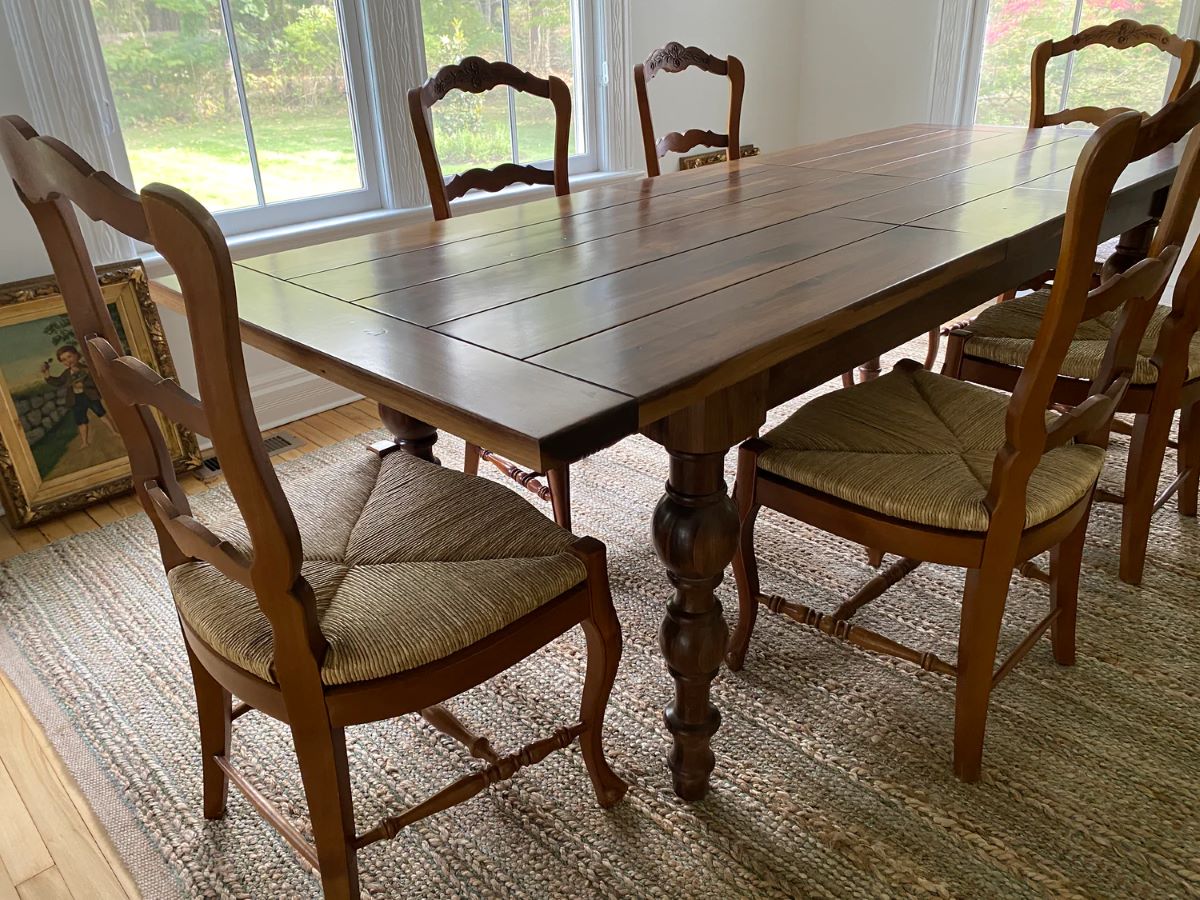
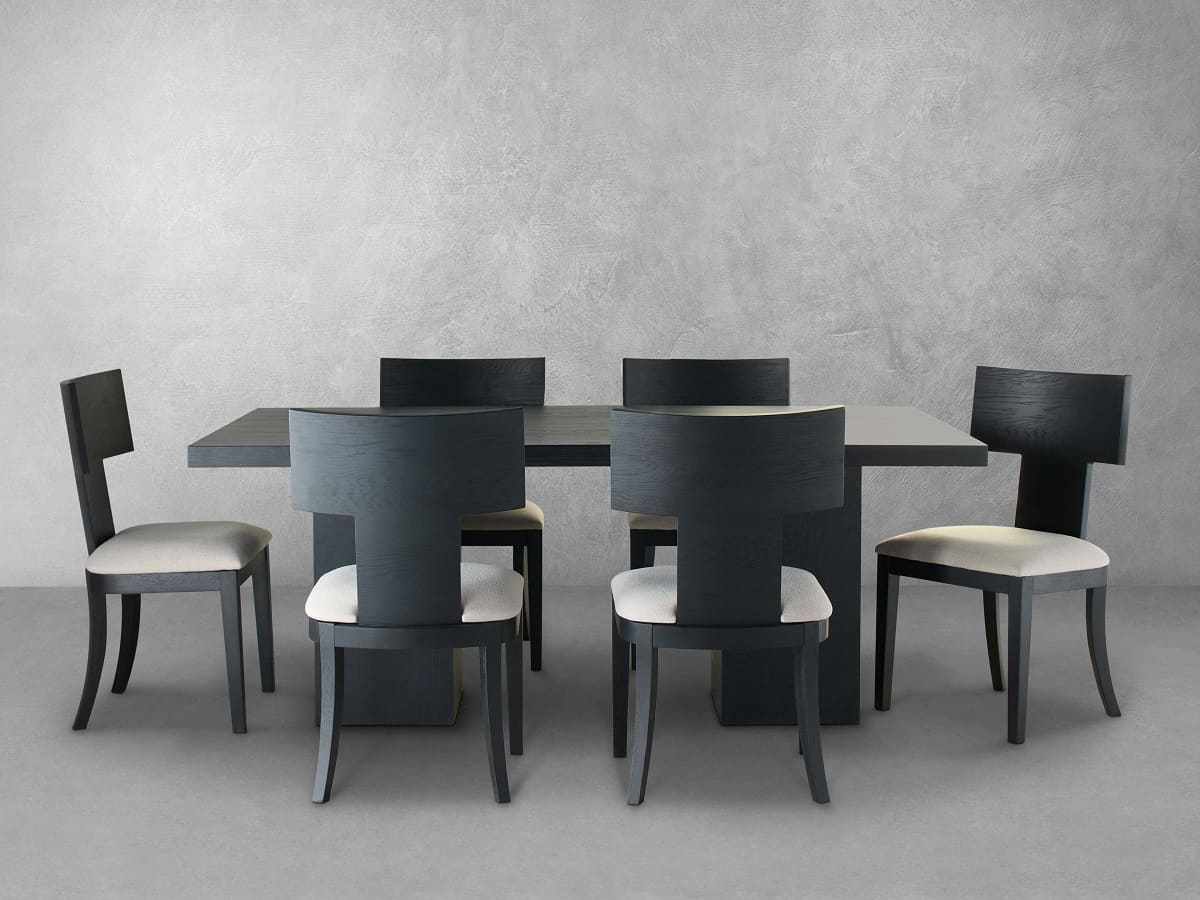
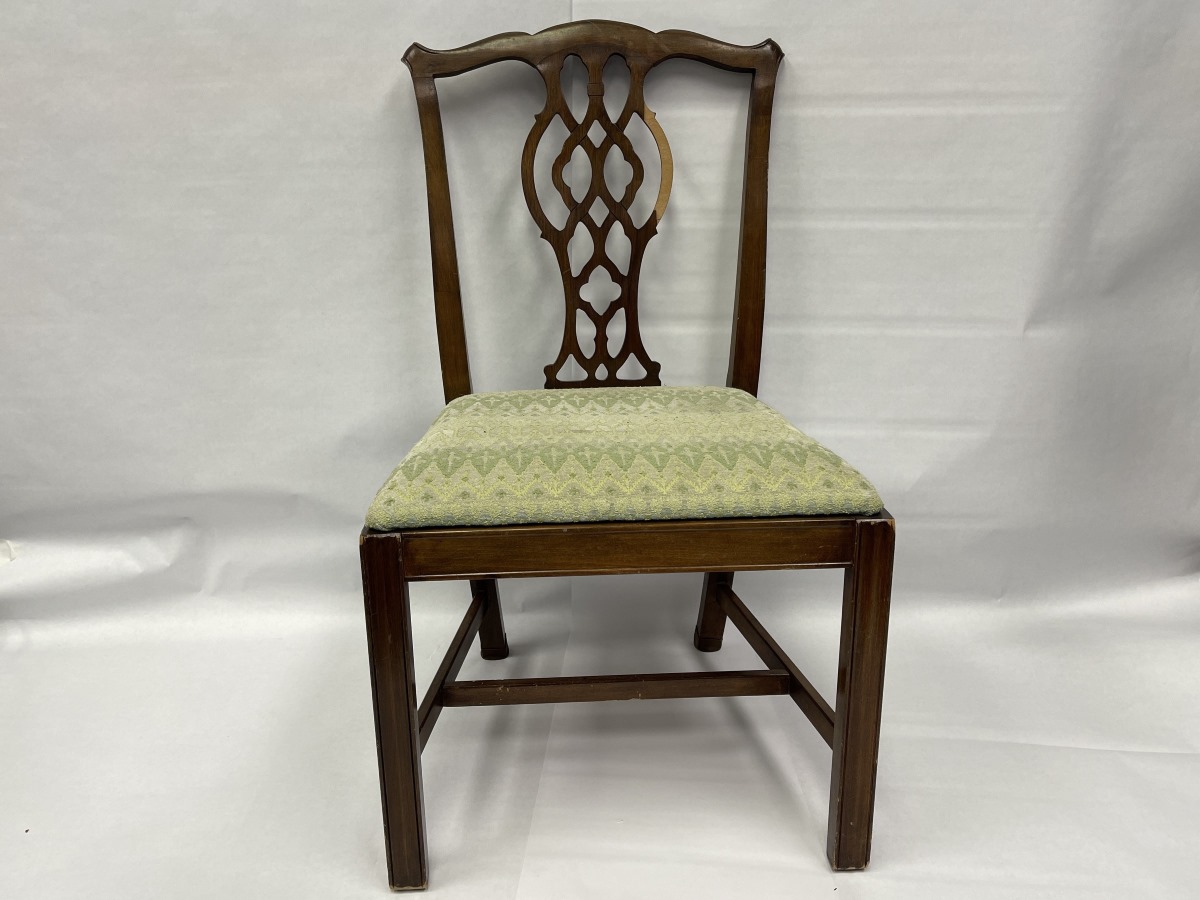
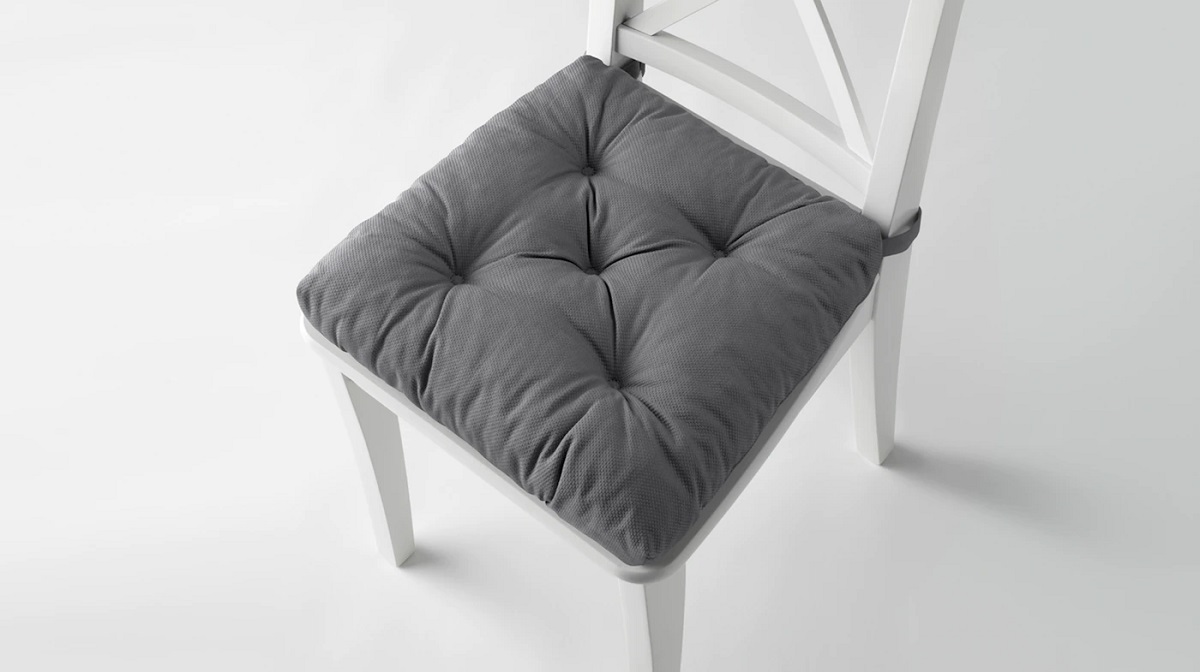
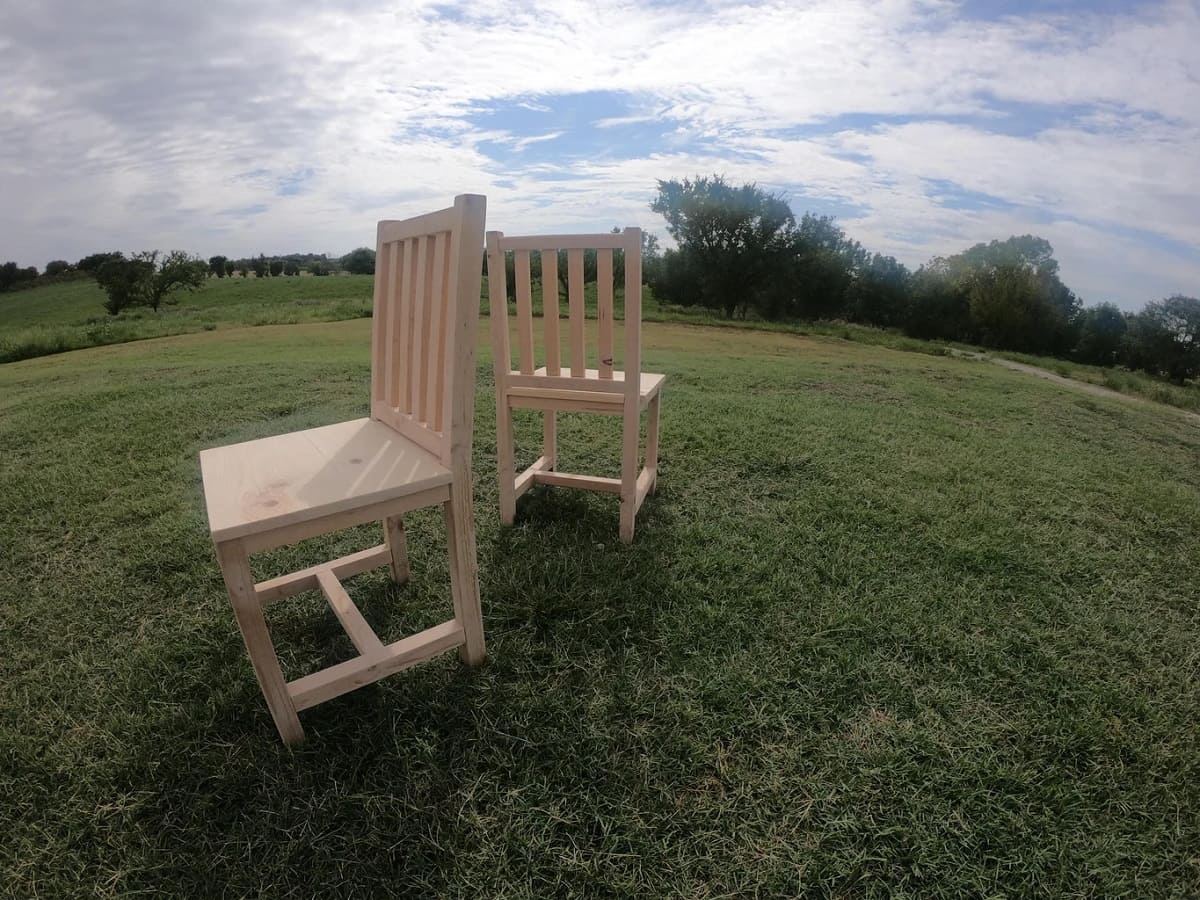
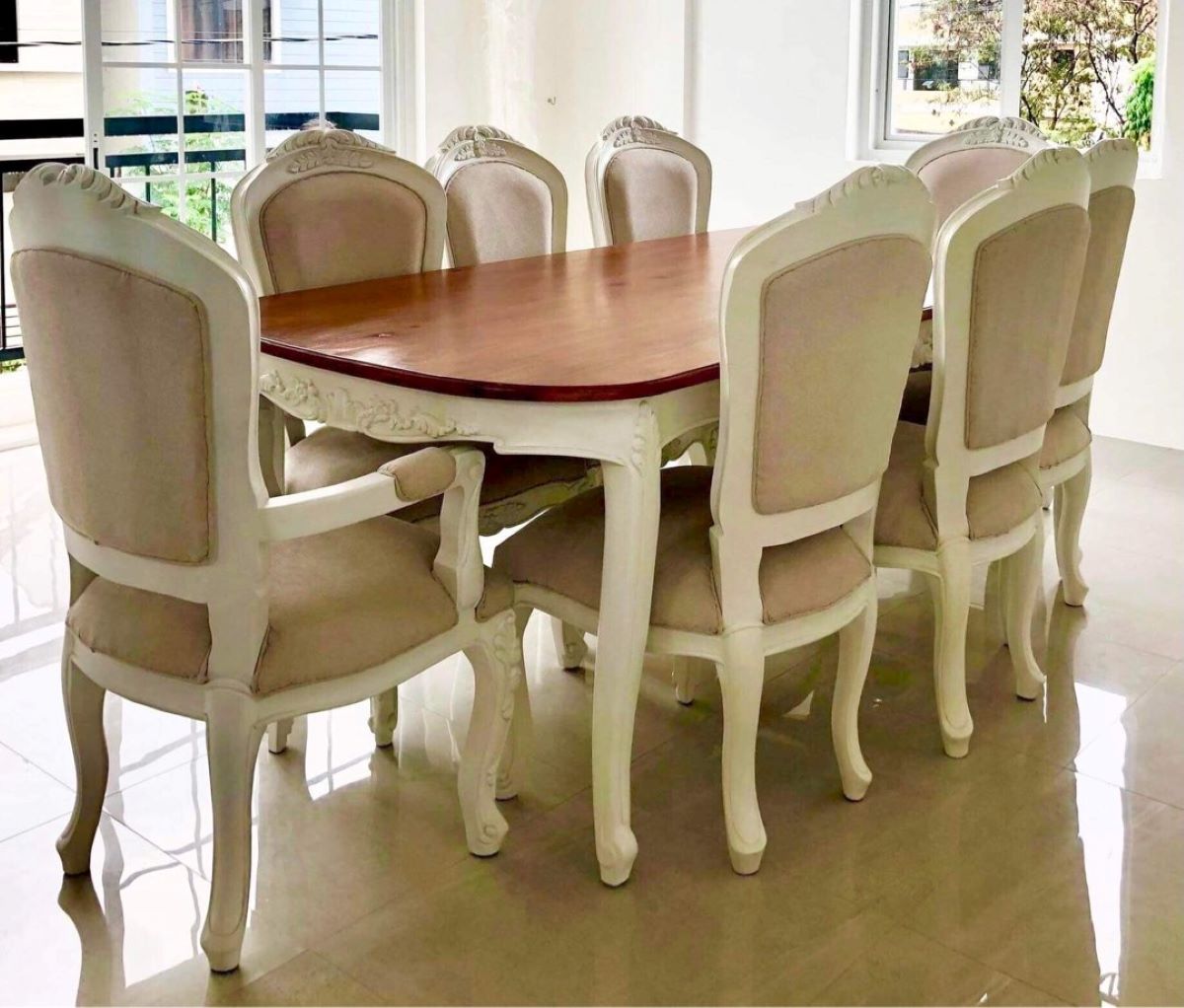
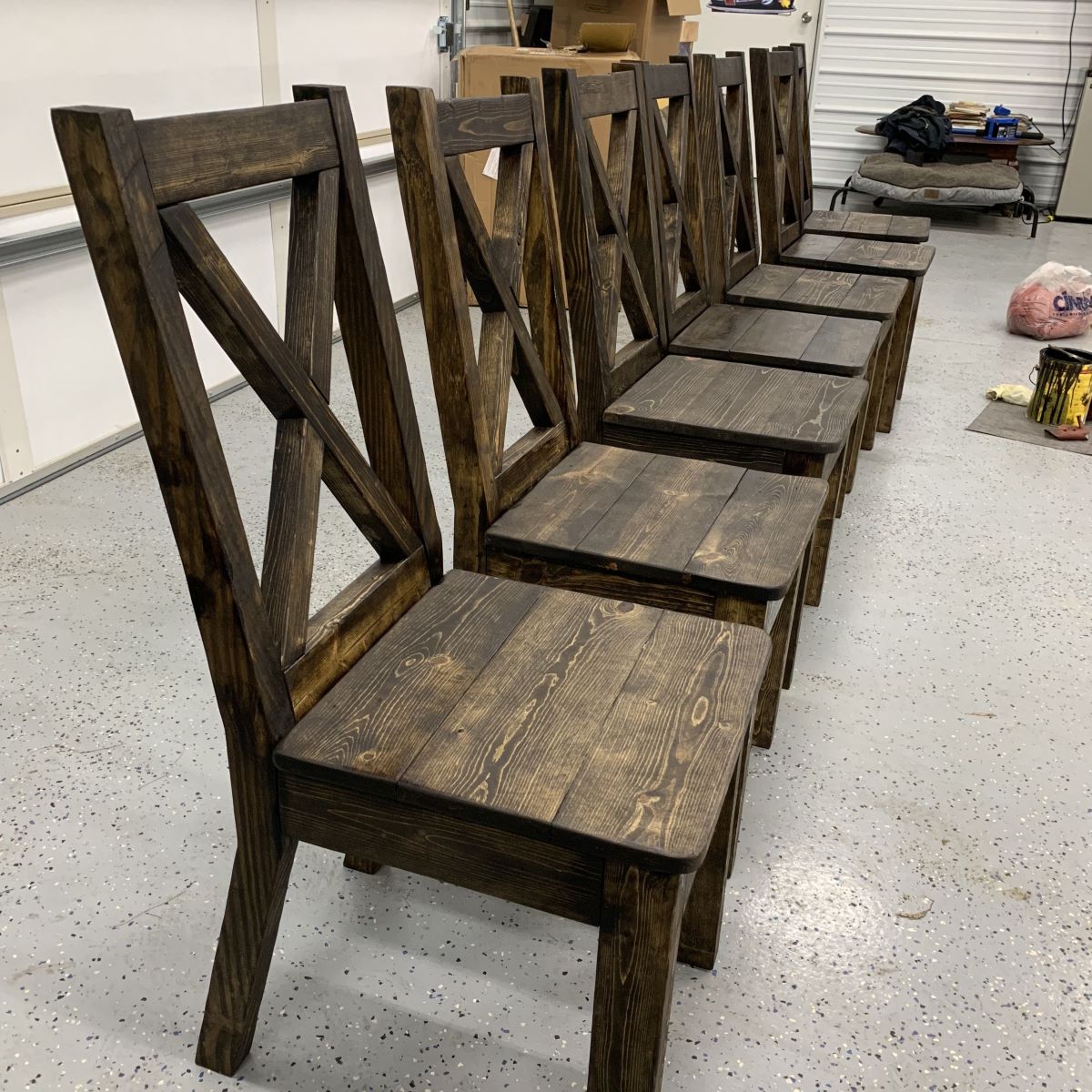
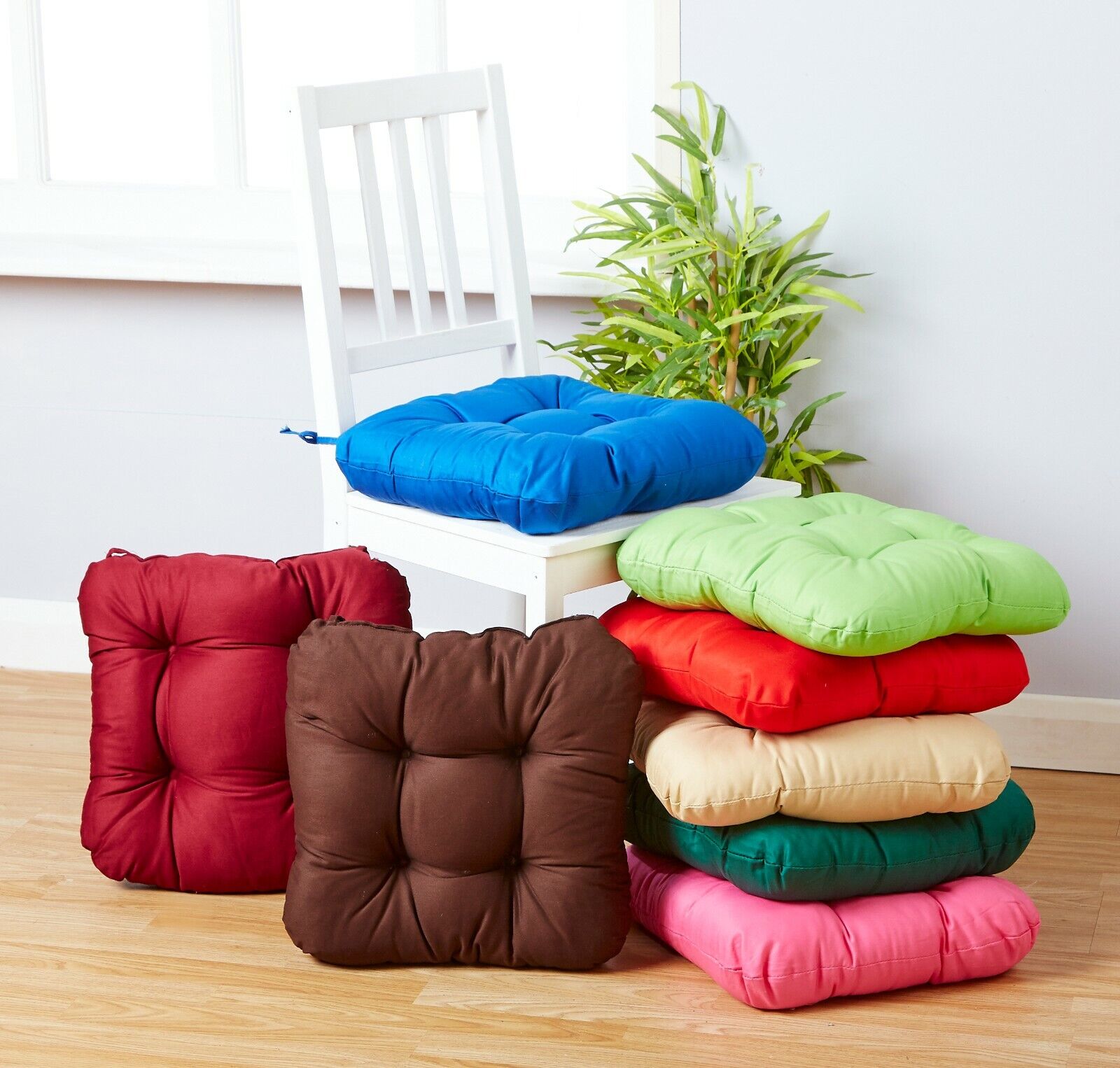
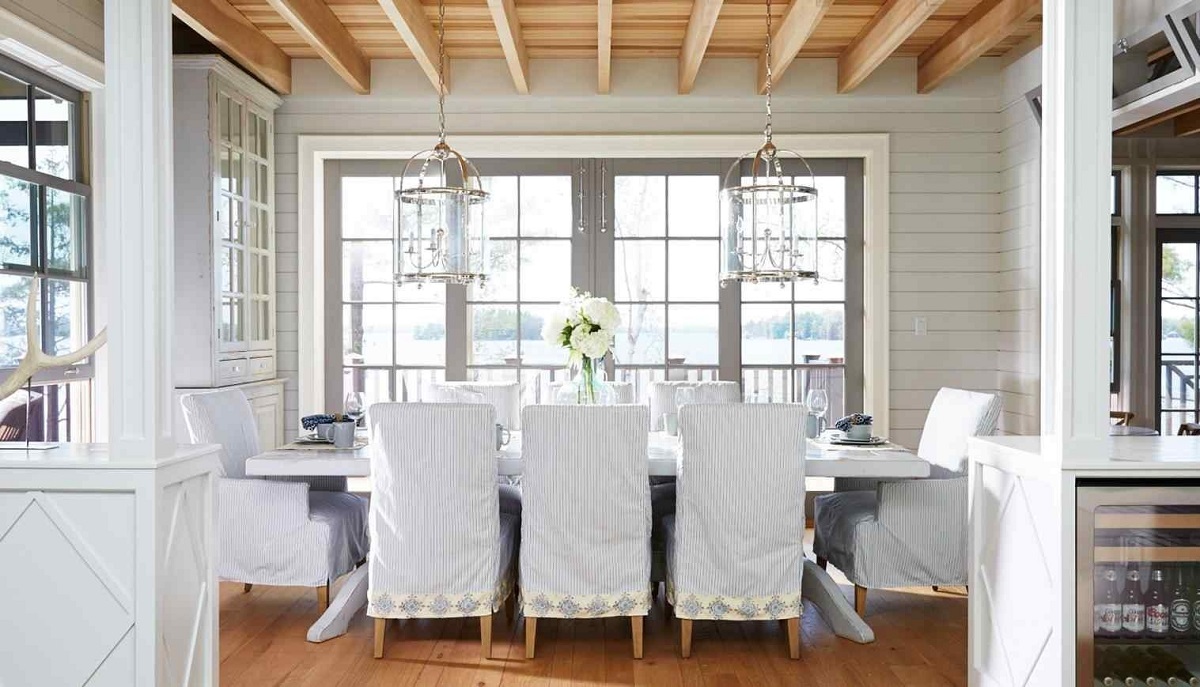
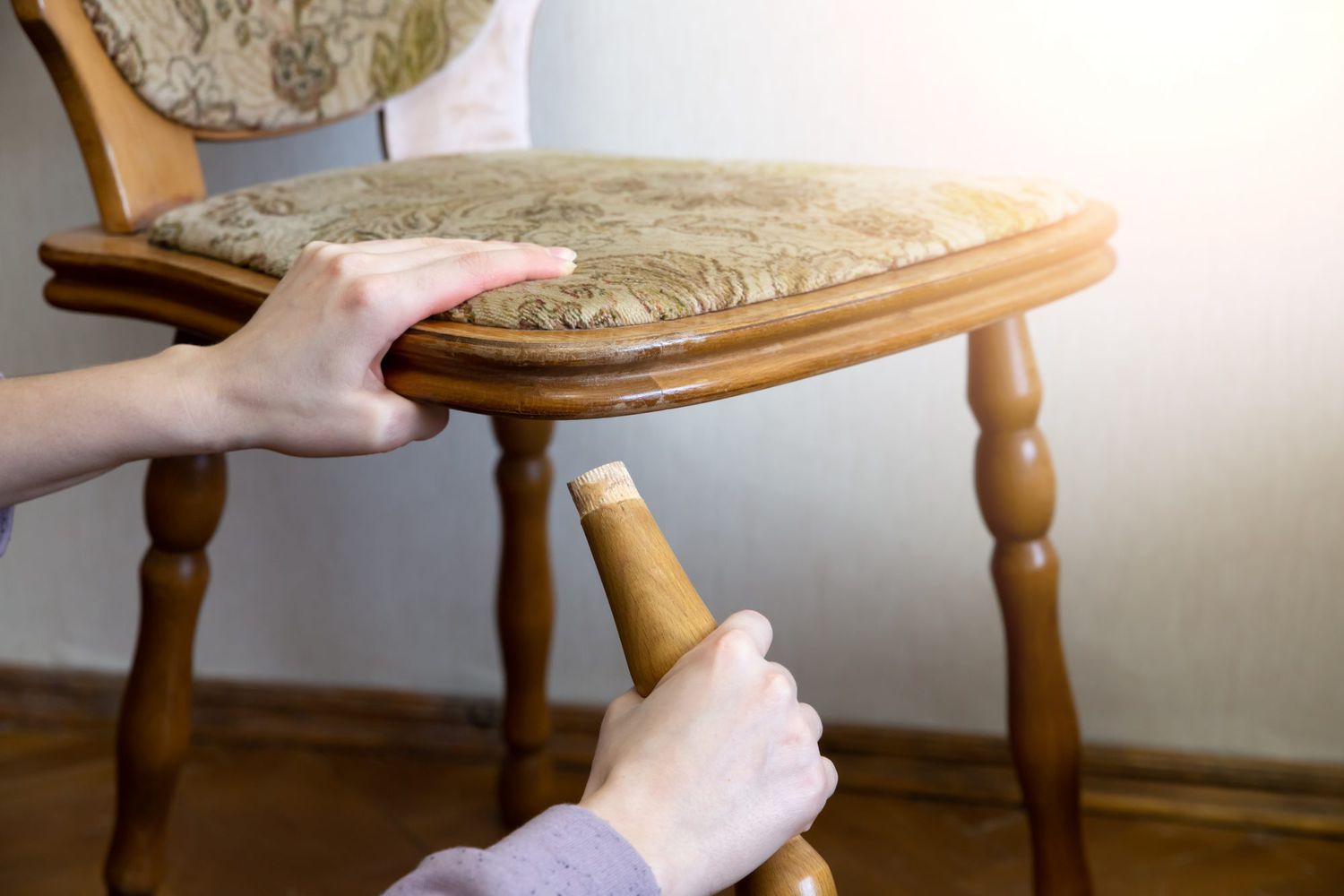
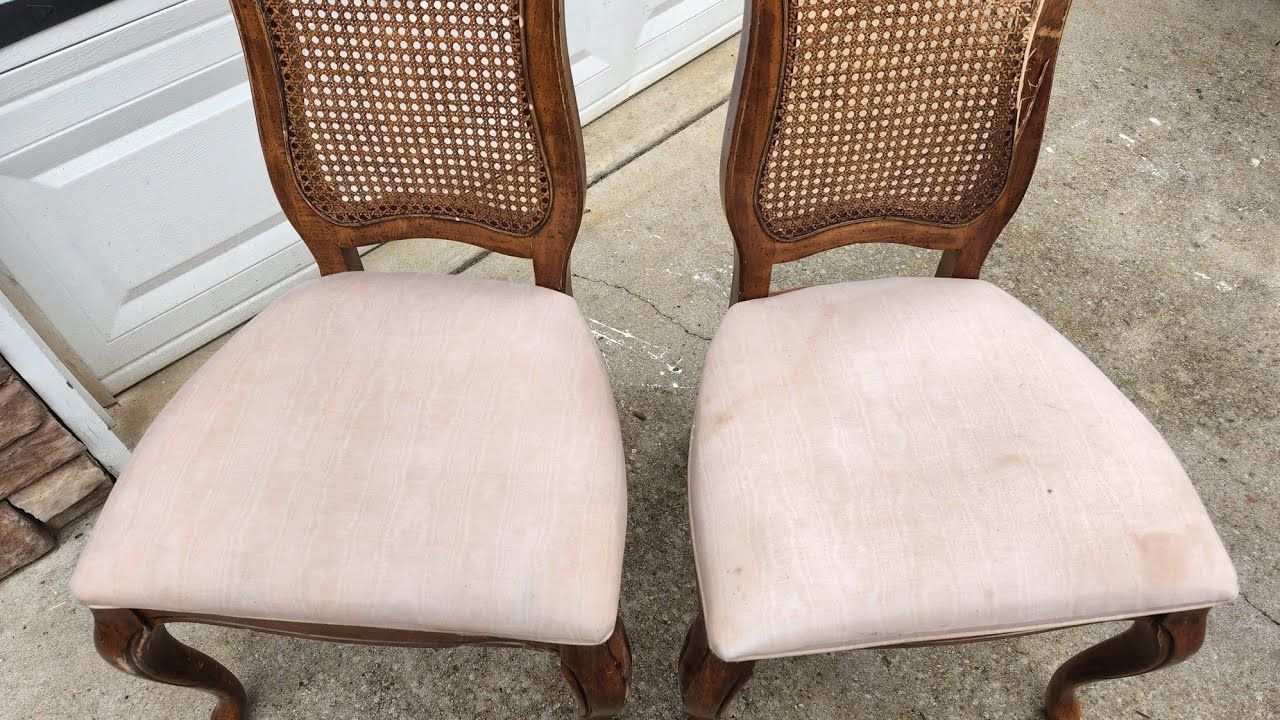
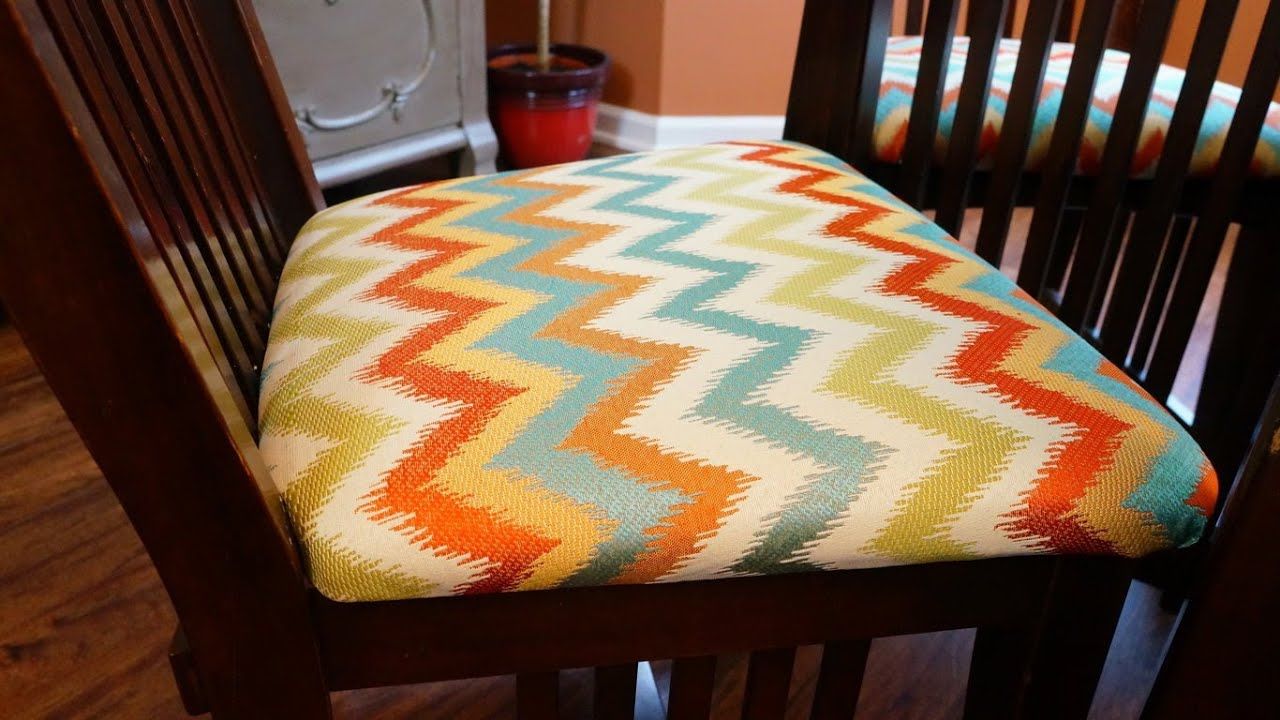
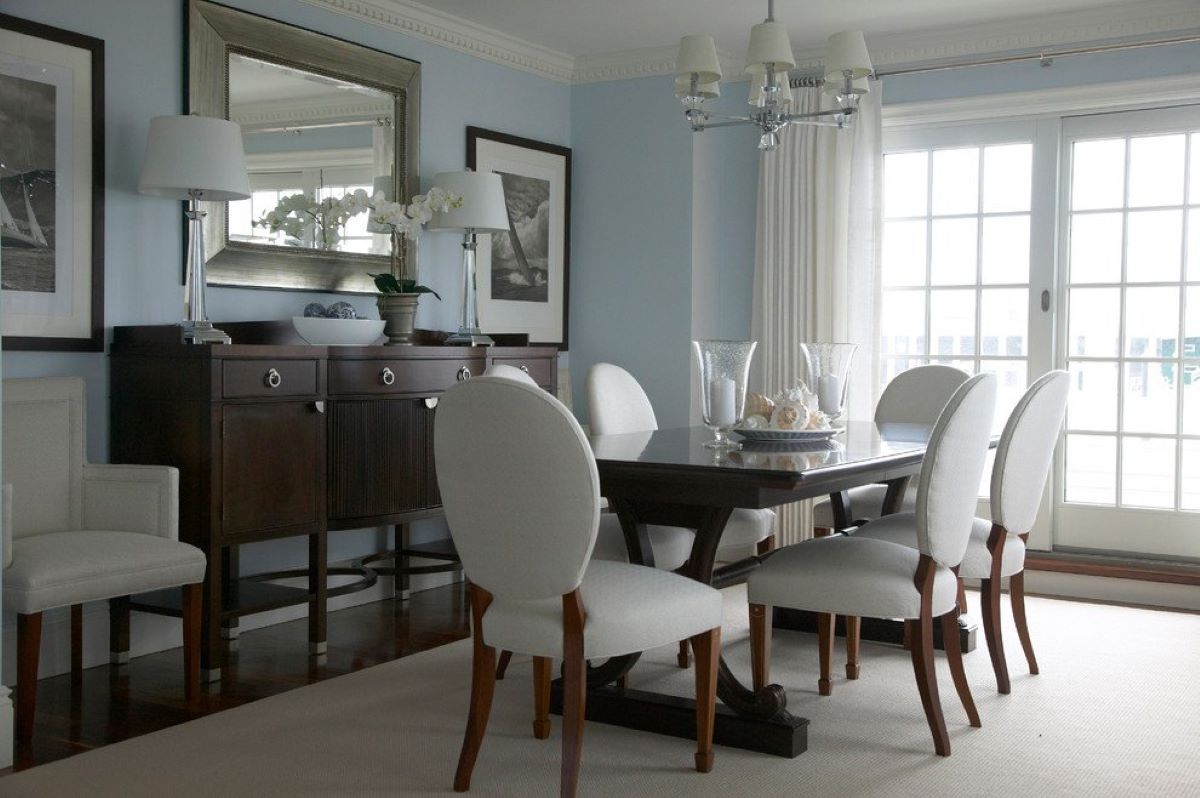

0 thoughts on “How To Create Cushions For Dining Room Chairs”